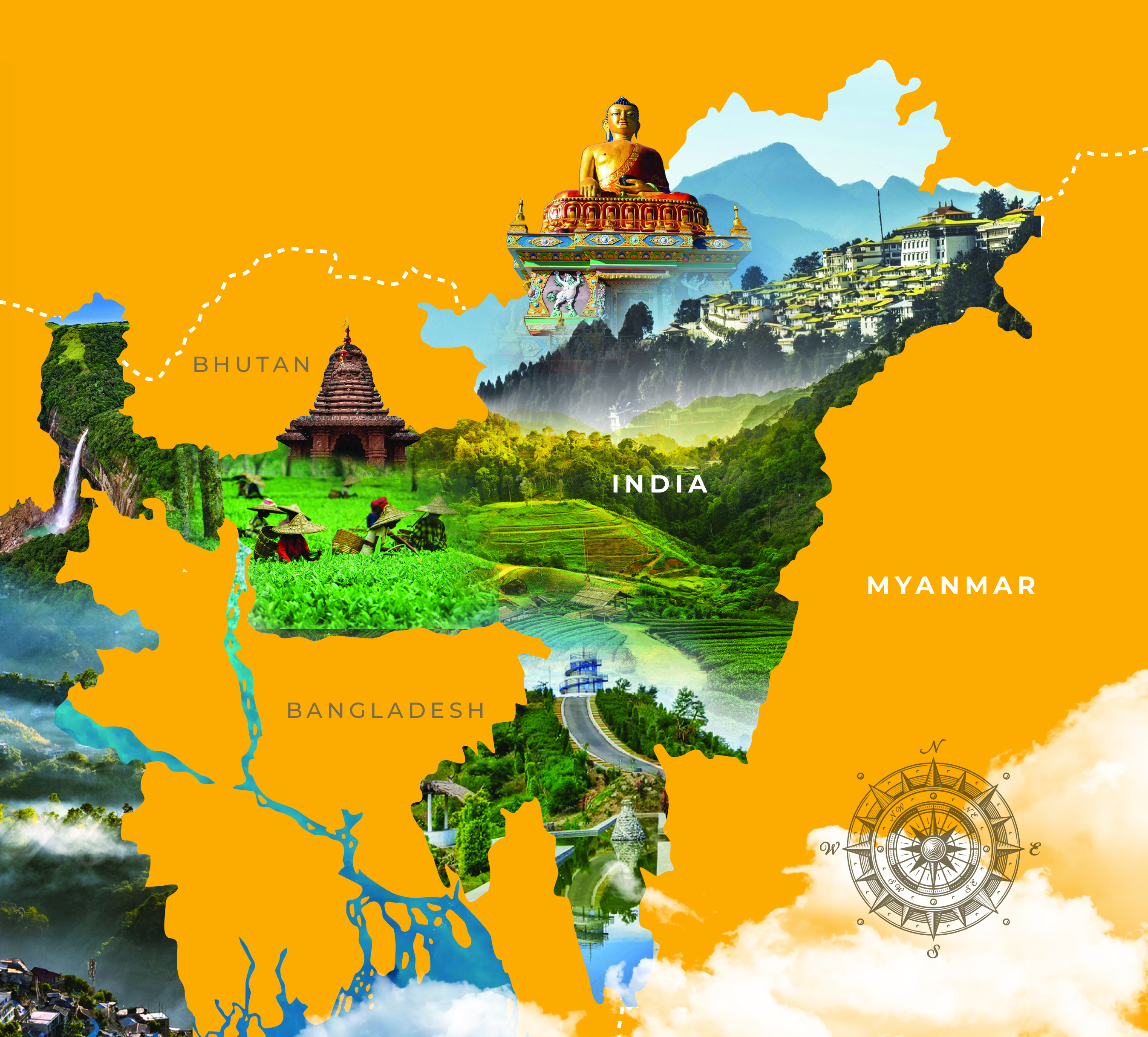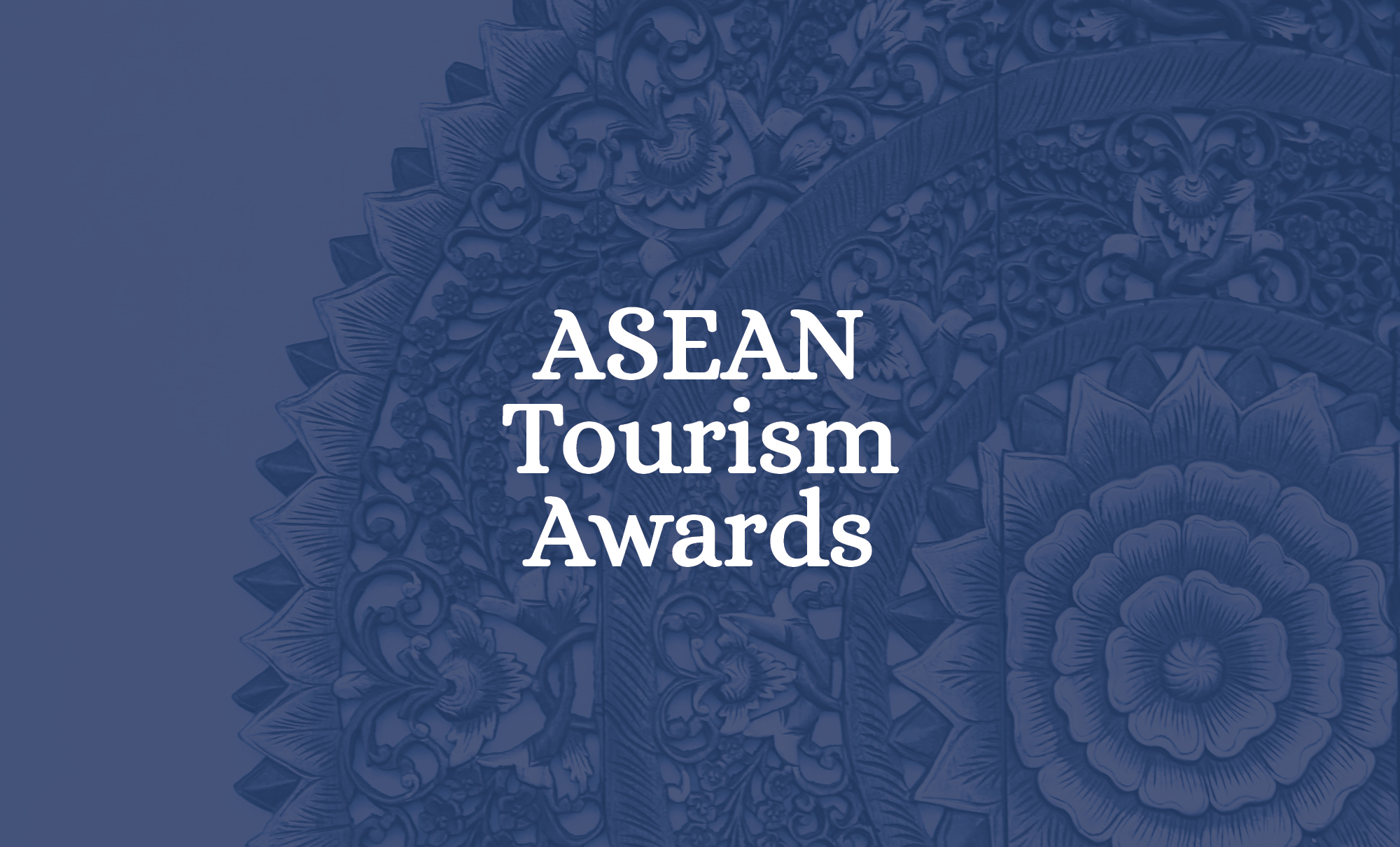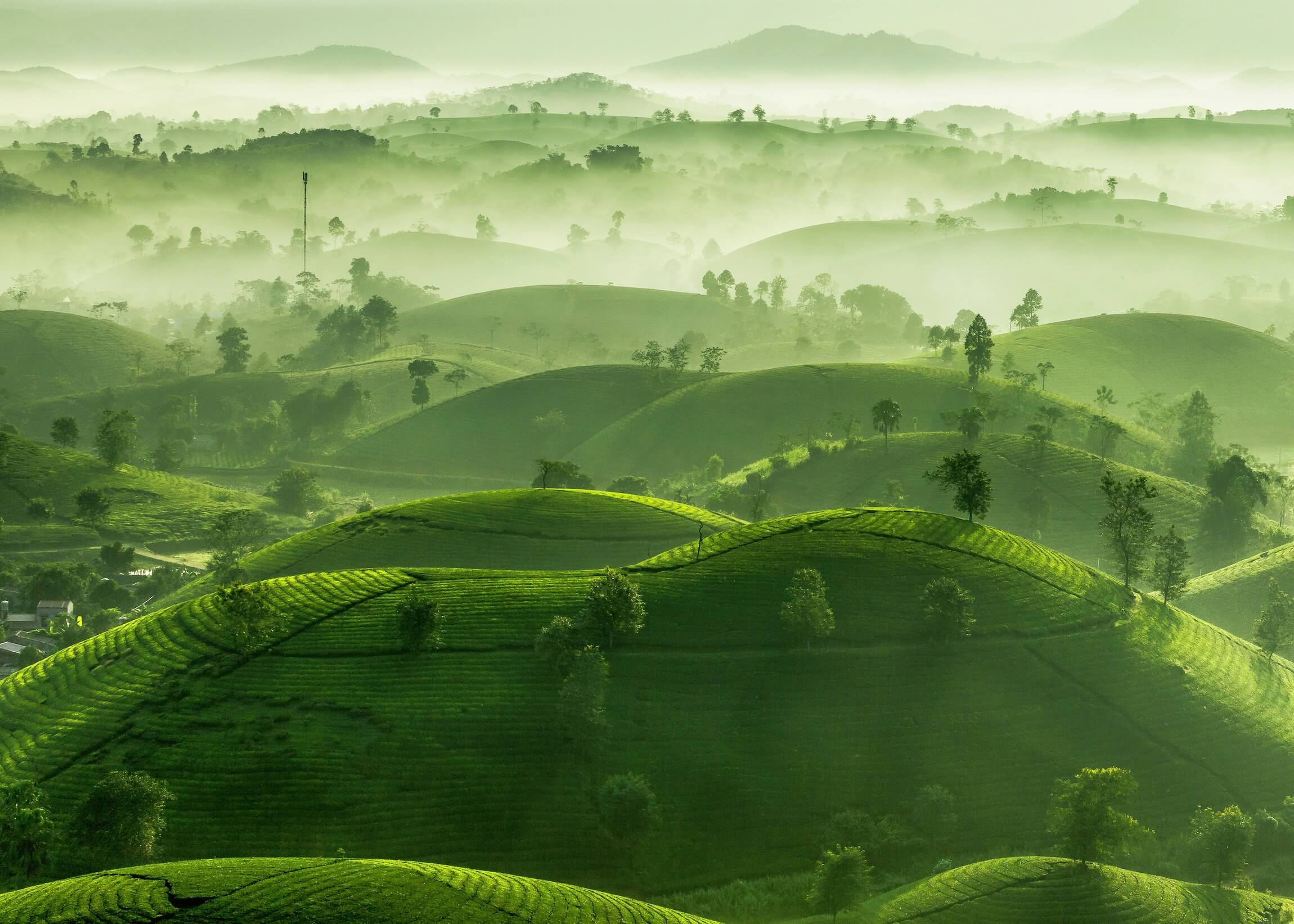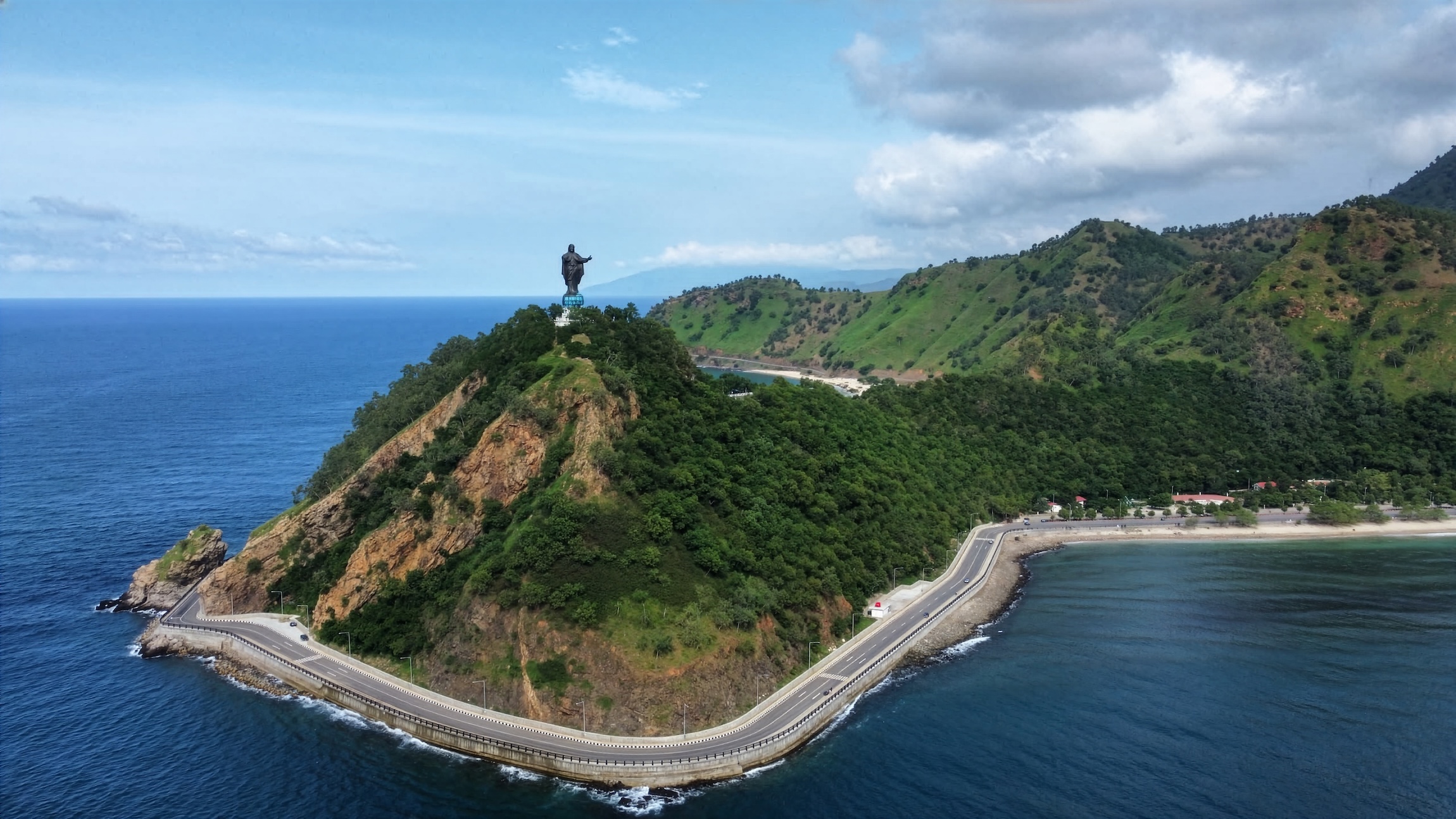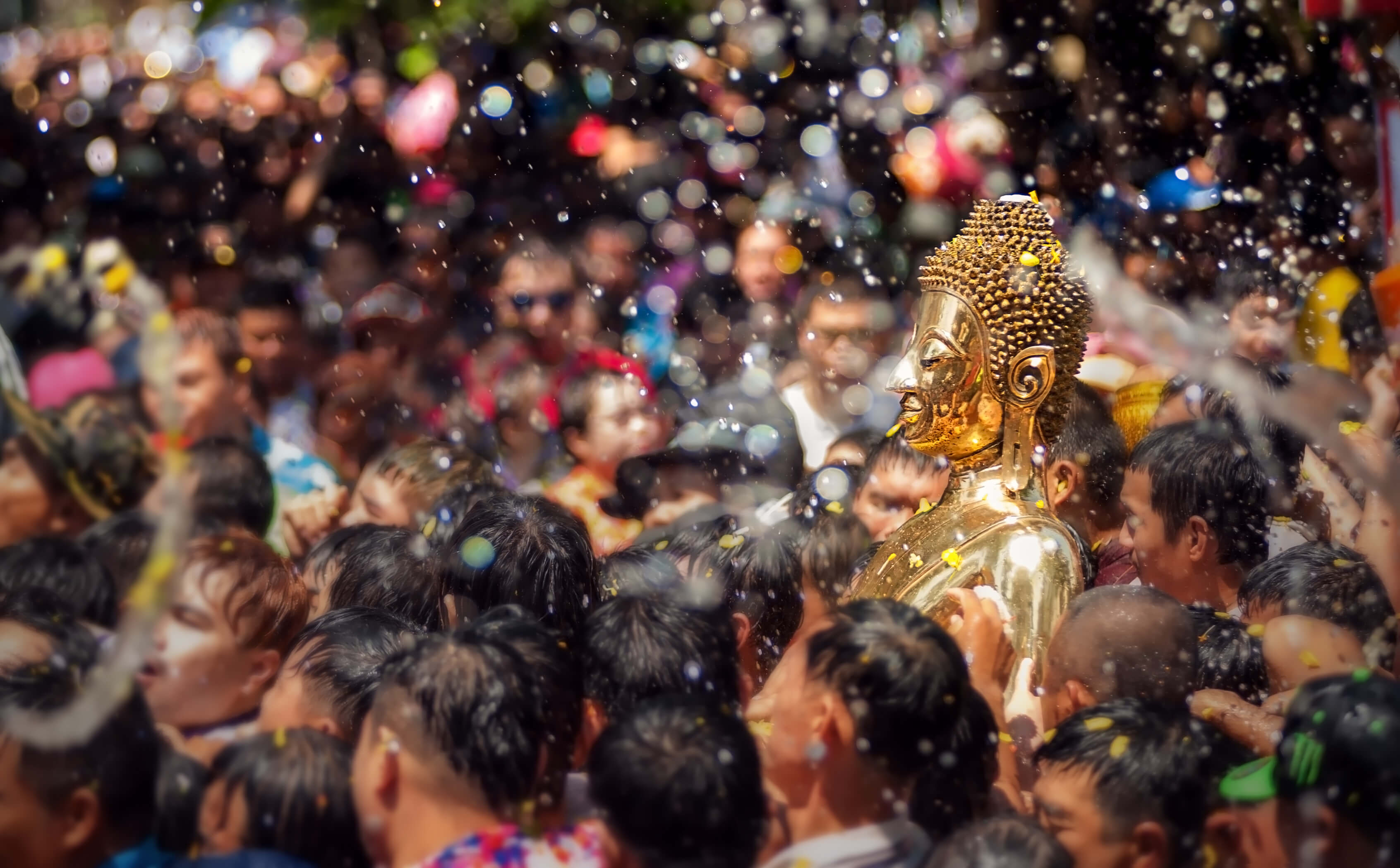
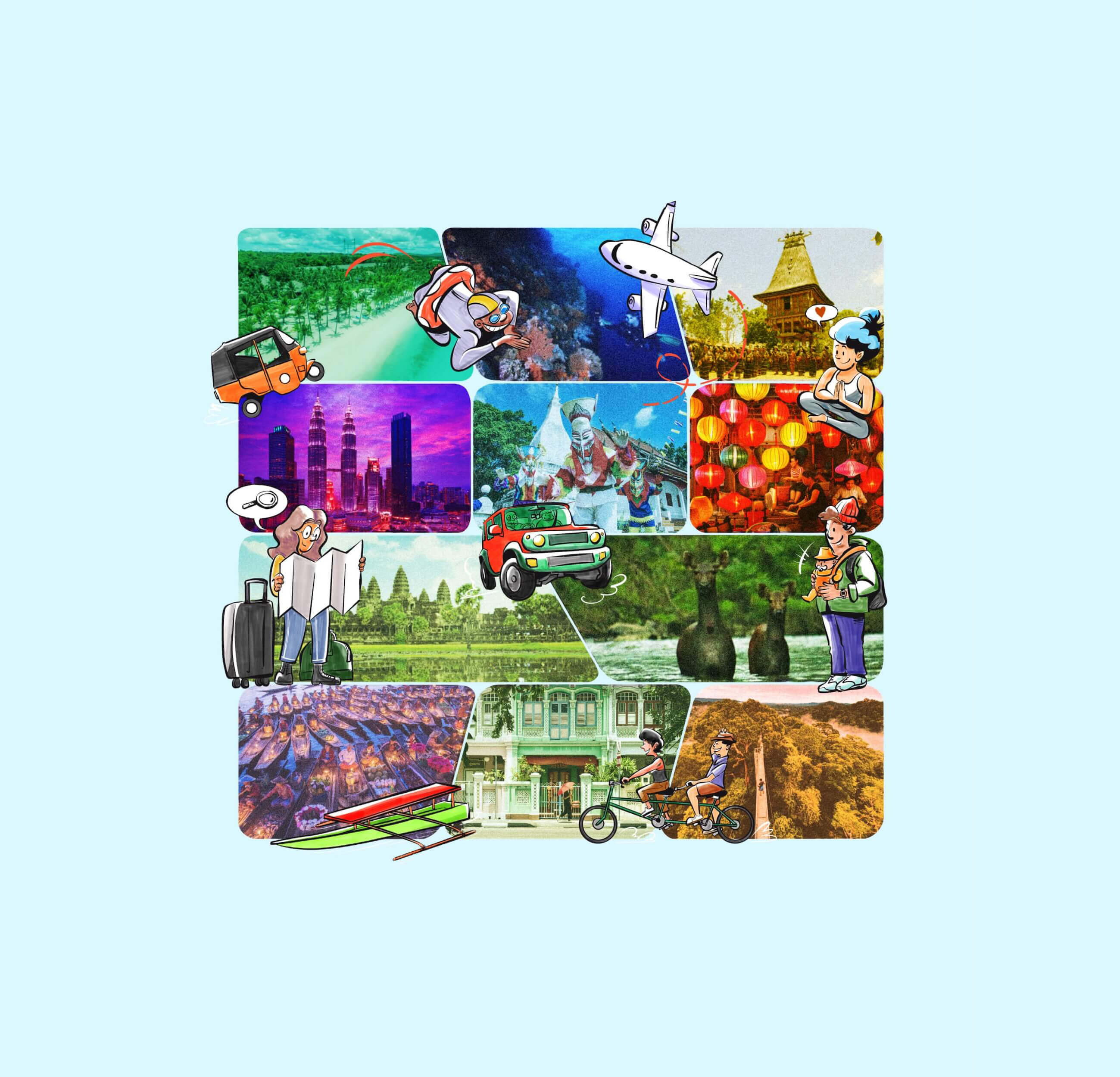



Water festivals are important occasions in Southeast Asia and Northeast India. Despite geographical differences, the water festivals celebrated in the two regions are startlingly similar, underscoring Southeast Asia and Northeast India’s common cultural and historical linkages.
Southeast Asia
Chul Chnam Thmey, which means “Enter the New Year” in Khmer, is observed in Cambodia in April. It marks the end of the harvest season and welcomes the monsoon season. Cambodians clean and decorate their homes, cook special meals, and honour their ancestors. They also bathe Buddha statues, visit temples, and offer food to the monks. Festivities typically include playing traditional games and performing traditional dances.
Pi Mai Lao also occurs in mid-April. Lao people splash water at each other and hold a ritual cleaning of homes, Buddha statues, and public spaces. Traditional ceremonies include building and decorating sand stupas on temple grounds, which are then washed away by ceremonial water, and tying white strings around one’s wrist to bring luck. Processions of Buddha images and monks are also held in temples.
Thingyan, Myanmar’s water festival, takes place in mid-April and lasts three or four days. It is commemorated by visiting elderly relatives, giving alms, and performing other good deeds, such as releasing fish into rivers and lakes to represent emancipation. Revellers also douse passersby with buckets of water or through hoses and water pistols.
Songkran, the traditional Thai New Year, is celebrated in mid-April. It includes traditions such as pouring scented water over Buddha statues and elders’ hands to seek blessings and pay respect, temple visits, and food offerings to Buddhist monks. It also involves tossing and spraying water to ward off bad luck and sins.
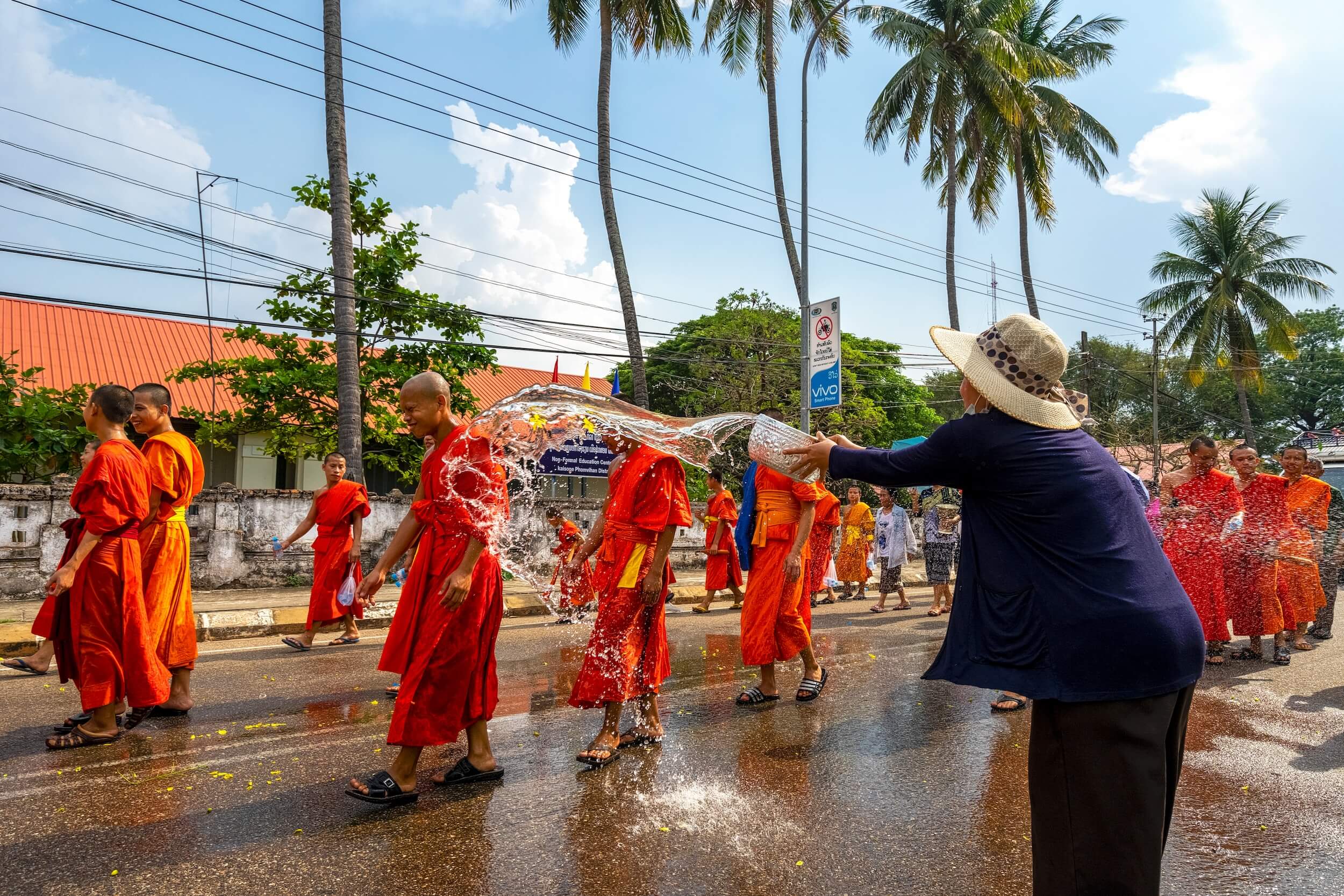
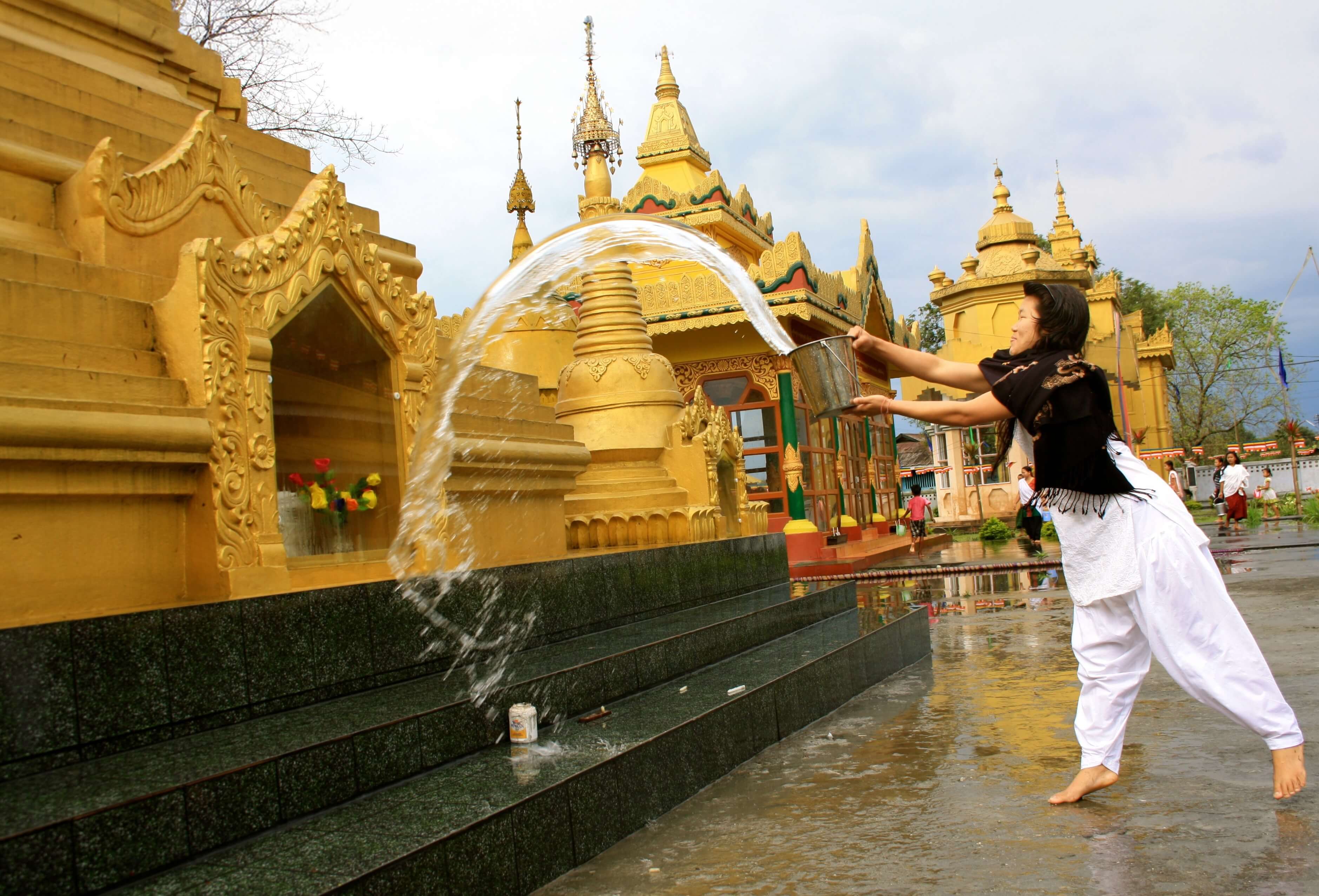
Northeast India
States in Northeast India likewise celebrate water festivals. The Tai Khamti, Singpho, Khamyang, and Tangsa people of Arunachal Pradesh observe Sangken, as do Assam’s Tai Phake, Tai Aiton, and Tai Turung communities. They hold a procession of Buddha statues to temporary shrines where they are washed with fragrant water. They engage in the playful tradition of soaking each other with water. The communities also organise feasts and cultural performances, with people typically dressed in traditional costumes.
In the State of Manipur, communities observe Yaoshang, also known as the Holi of Manipur, for five days beginning on the full moon day of the lunar month of Lamta (February-March). Practices include people throwing water at each other, cultural performances, and sports competitions. The festival’s highlight is the traditional folk dance called Thabal Chongba [moonlight dance], where young men and women hold hands, sing, and dance in a circle under the light of torches.
Water as a sacred element and a vital resource
Southeast Asia and Northeast India regard water as a sacred element that washes away impurities and brings renewal. Water splashing during festivals, though a playful act, is a deeply symbolic one, representing soul cleansing and the welcoming of prosperity and good luck.
Both places also recognise water as an economic resource, essential for food production and the livelihood of communities. Water festivals acknowledge this reliance on water, with communities undertaking rituals to invoke blessings for abundant harvest in the coming year.
Finally, both regions hold water festivals as a means of strengthening community ties and reinforcing their shared culture. They serve as occasions for family gatherings, communal feasts, and the performance of traditional cultural activities.

Getting to Know Northeast India
Northeast India is made up of the states of Arunachal Pradesh, Assam, Manipur, Meghalaya, Mizoram, Nagaland, Sikkim, and Tripura. Physically and culturally, the region bears a striking resemblance to Southeast Asia.
Both Northeast India and Southeast Asia have diverse ecosystems, including lush savannas, dense tropical forests, and large river systems, that serve as home to unique flora and fauna. Northeast India’s Kaziranga National Park is home to the famed one-horned rhinoceros along with other wildlife, such as tigers, bisons, gibbons, and sloth bears. In comparison, Indonesia’s Komodo National Park serves as sanctuary to Komodo dragons and other terrestrial species, such as snakes, lizards, Timor deers, and wild boars. Malaysia’s Kinabalu Park, meanwhile, provides refuge for hundreds of bird and mammal species, as well as endemic plant species.
The two regions also share ethnic and linguistic ancestry, and cultural practices as a result of trade, migration, and intercultural encounters. The Tai population of Assam and Arunachal Pradesh in Northeast India are ethnically linked to the Tai people in various parts of Southeast Asia. Tai people speak languages from the Tai-Kadai language family, which includes the languages of Northeast India’s Tai populations like Tai Ahom and Tai Phake, as well as Thai, Lao, and Shan (Myanmar) languages.
The cultural terrains of Northeast India and Southeast Asia are also alike, shaped in large part by Buddhist and Hindu religious beliefs and practices. This connection is reflected in common customs such as the water festivals; traditional arts and crafts; and architectural landmarks such as the Kamakhya Temple in Assam, Tawang Monastery in Arunachal Pradesh, Borobudur Temple in Indonesia, Angkor Wat in Cambodia.
The cuisines of Northeast India and Southeast Asia are another area where they have a lot in common. Rice, fish, and fresh local vegetables and ingredients are staples in both places. They also use galangal, lemongrass, and tamarind for flavour.
